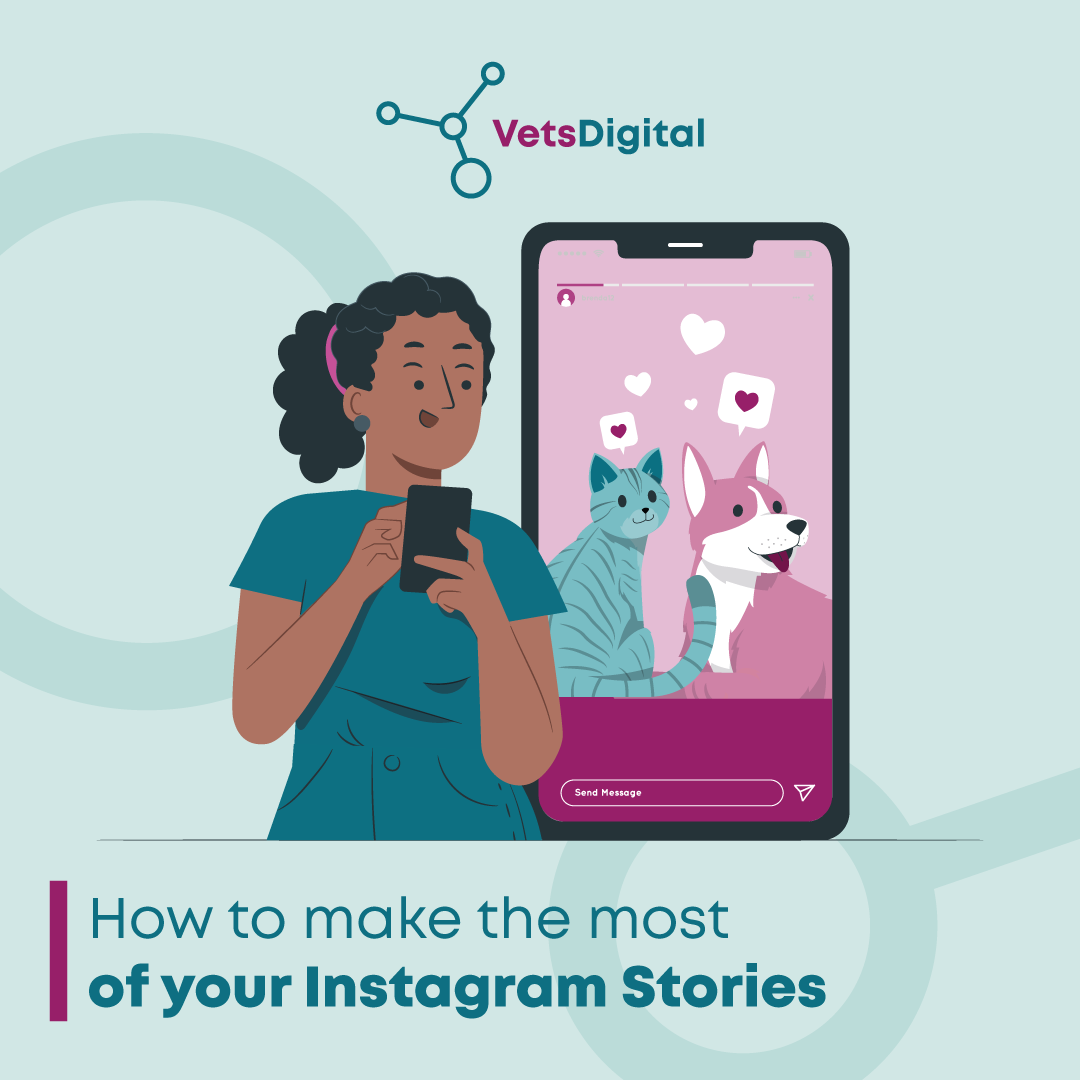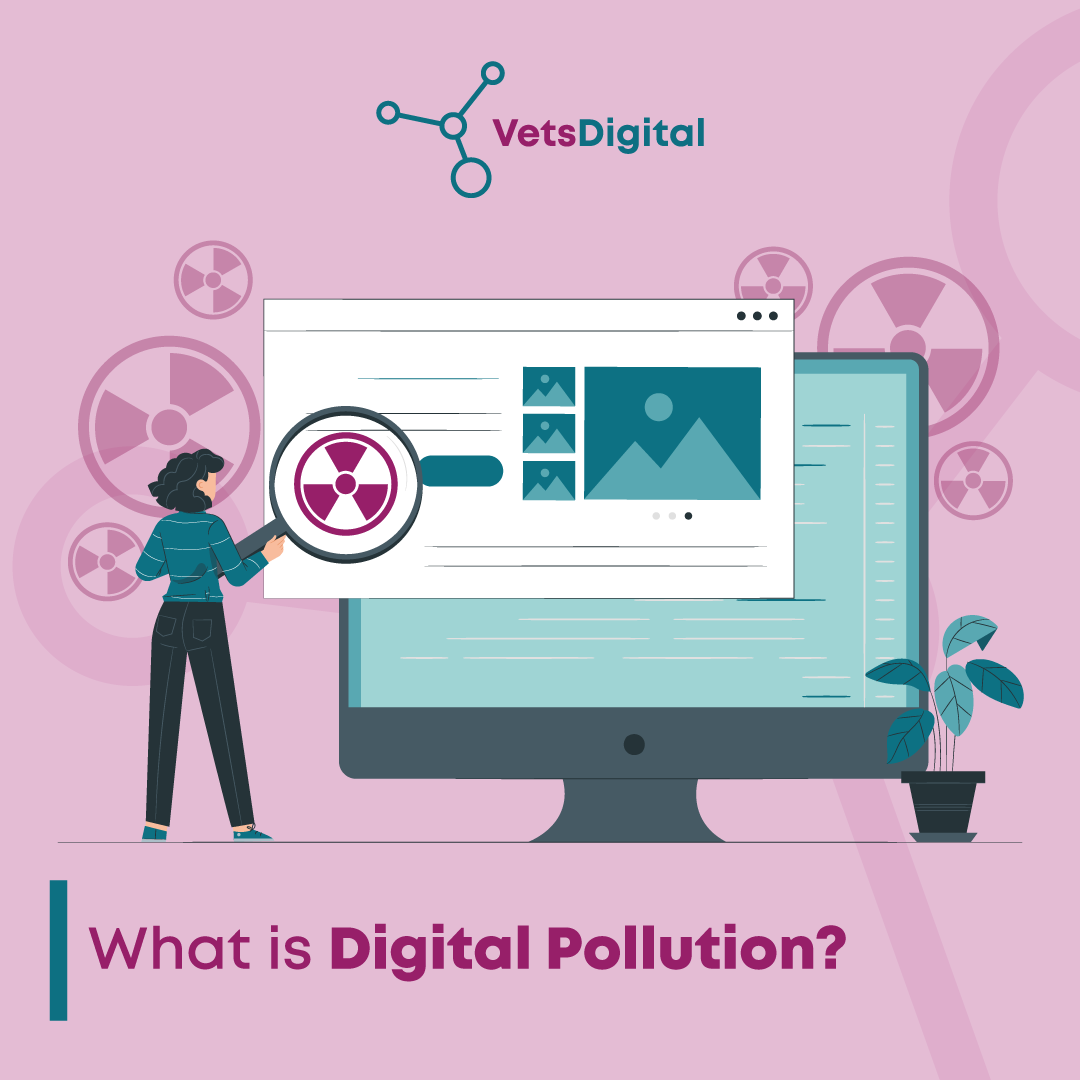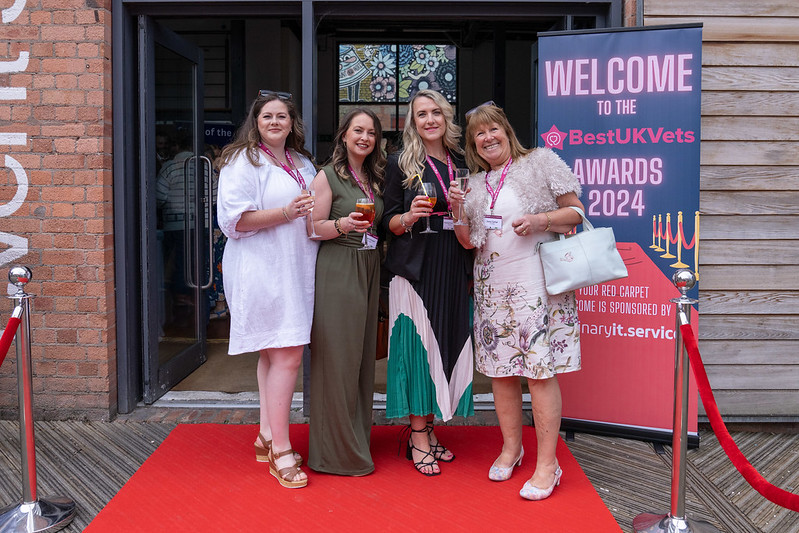Digital Marketing, News, PR, Start Up Practices,
Barking Up the Right Tree:
How to get started with PR for your Veterinary Practice.
Ceri–Jane Hackling is Managing Director of award winning PR agency, Cerub PR. Here she tells us how both start up and existing practices can leverage the power of PR alongside a solid digital marketing strategy to build awareness among local pet owners.

If you’re launching a new veterinary practice – or even if you’ve been operating for a while – implementing a public relations strategy can be a great way of getting the word out to raise the profile of your practice and put you ahead of the competition.
Now, Public Relations – the dreaded “PR” – can seem a world away from what you’re doing day in day out in general, or even referral, practice. But at the end of the day, PR is about communication. It’s just another name for sharing information about your organisation in order to raise awareness of the services that you offer, engaging with your audience: your existing client base, and your potential clients.
One of the major benefits of PR is that it’s cost effective. Unlike advertising, it includes free press coverage and let’s face it, no-one reads the paper or listens to the radio for the adverts!
So, let’s take a look at how you can get your business featured in the media.
Step one – Be prepared:
There’s no point generating press coverage if you aren’t clear on who you are and if the rest of your marketing materials aren’t fit for purpose. If you get great press coverage or social media engagement, it’s going to be wasted if your website isn’t up to scratch. You only have one chance to make a first impression so you need to make sure that you’re presenting your business at its best.
It can be hard to look at things objectively when it’s your practice, so get your team involved and ask friends and relatives for their honest opinion. Apart from giving you an alternative viewpoint, they might also come up with some valuable suggestions.
Step two – Identify your target audience:
Work out who your target audience is. If you have a clinic or clinics in specific areas, focus on where you’re likely to find potential clients. While it might be nice to be featured in lots of magazines and newspapers, your time is precious so you need to focus on the media that your audience will be engaging with.
And that depends on what you want to achieve: are you looking to connect with existing clients or gather new ones? Do you want people who aren’t registered with a vet yet, or are you trying to attract people away from competitors? You need to decide what your aims are!
Step three – Which channels are going to work for you:
When you’re doing your own PR and marketing, you need to consider which platforms are most going to appeal to your audiences. What newspapers or magazines are they reading? Are they using social media, and if so, which platforms?
Do your research into each of them, check out what the competition are doing and start to look at what might work for you.
Step four – What do you want to communicate:
When you do your research into newspapers and magazines in your area, look out for the kinds of stories they might cover. These could include company anniversaries, fundraising efforts, events or local companies winning awards, so think about what you’re doing that might be of interest to the media. Are you undertaking any fundraising initiatives to help the local community? Are you sponsoring a local sports team or providing support to any animal charities? Stories like this will enhance your reputation and ensure you are seen as active in your local community.
There are probably things that you do day to day that you don’t consider newsworthy so sit down with your team and talk about all the things you do that your local press might be interested in.
When you’ve come up with stories that might be of interest to the media, start to develop a monthly media plan, with stories to send to the press each month.
Step five – Communicate your story:
As you research your local media, take note of the email addresses of journalists at your local media and build a press list. Contact email addresses are normally available on newspaper websites so once you have your press list with relevant journalists, you can begin to build a relationship with them.
Step six – Press releases:
The most efficient way to communicate your story really can be with a press release, which explains the who, what, where, why, when of a story. Treat it like an inverted pyramid with the most newsworthy information in the first paragraph, the important details in the next, which could include a quote from a member of the team, and other background information at the bottom including your contact details.
Send the press release to the newsdesk or relevant contact with a cover note and if possible, an image (jpeg 300 dpi) as they will really help grab attention and illustrate your story.
Finally:
PR isn’t a magic bullet, as with any marketing activity it does take time, but with regular activity you can start to be seen as a valuable organisation within your community and reinforce your messaging.
Keep an open mind about what you can do and make the most of your partnerships. If any of your suppliers are running awareness weeks, get involved as they could support you with PR activity in your area.
Good luck!
To get in touch with Ceri-Jane about PR for your startup or existing veterinary practice, please email hello@cerubpr.co.uk






